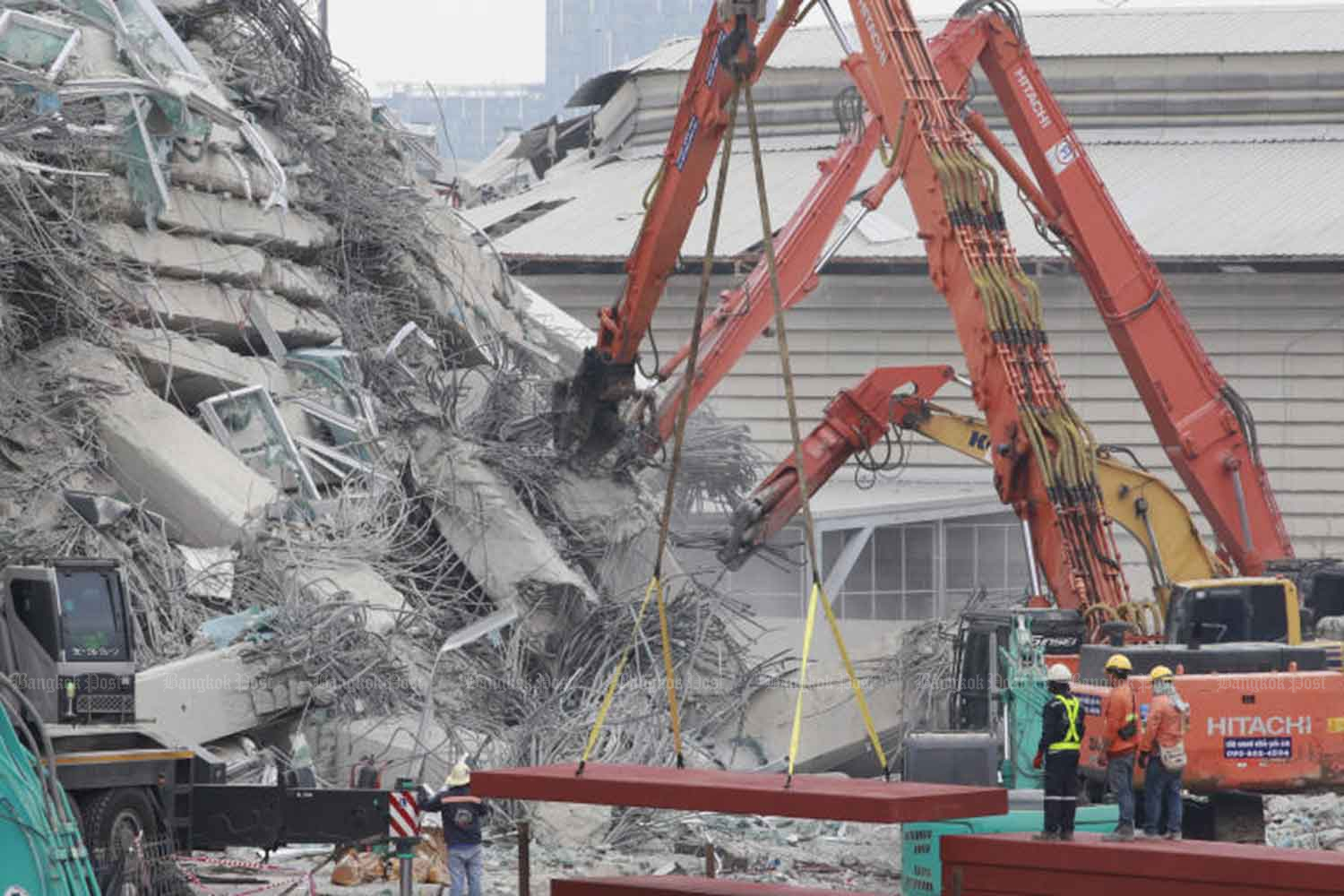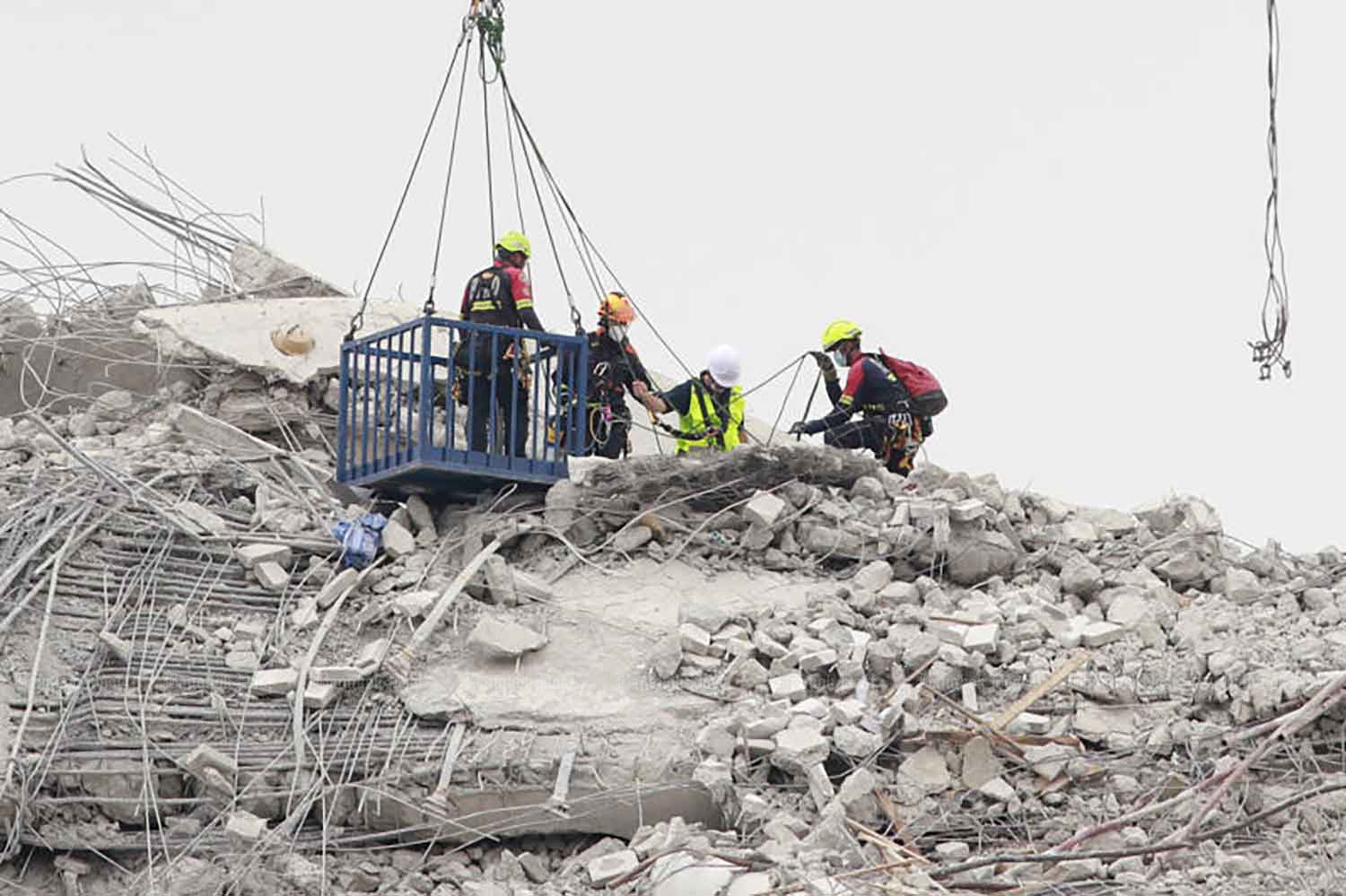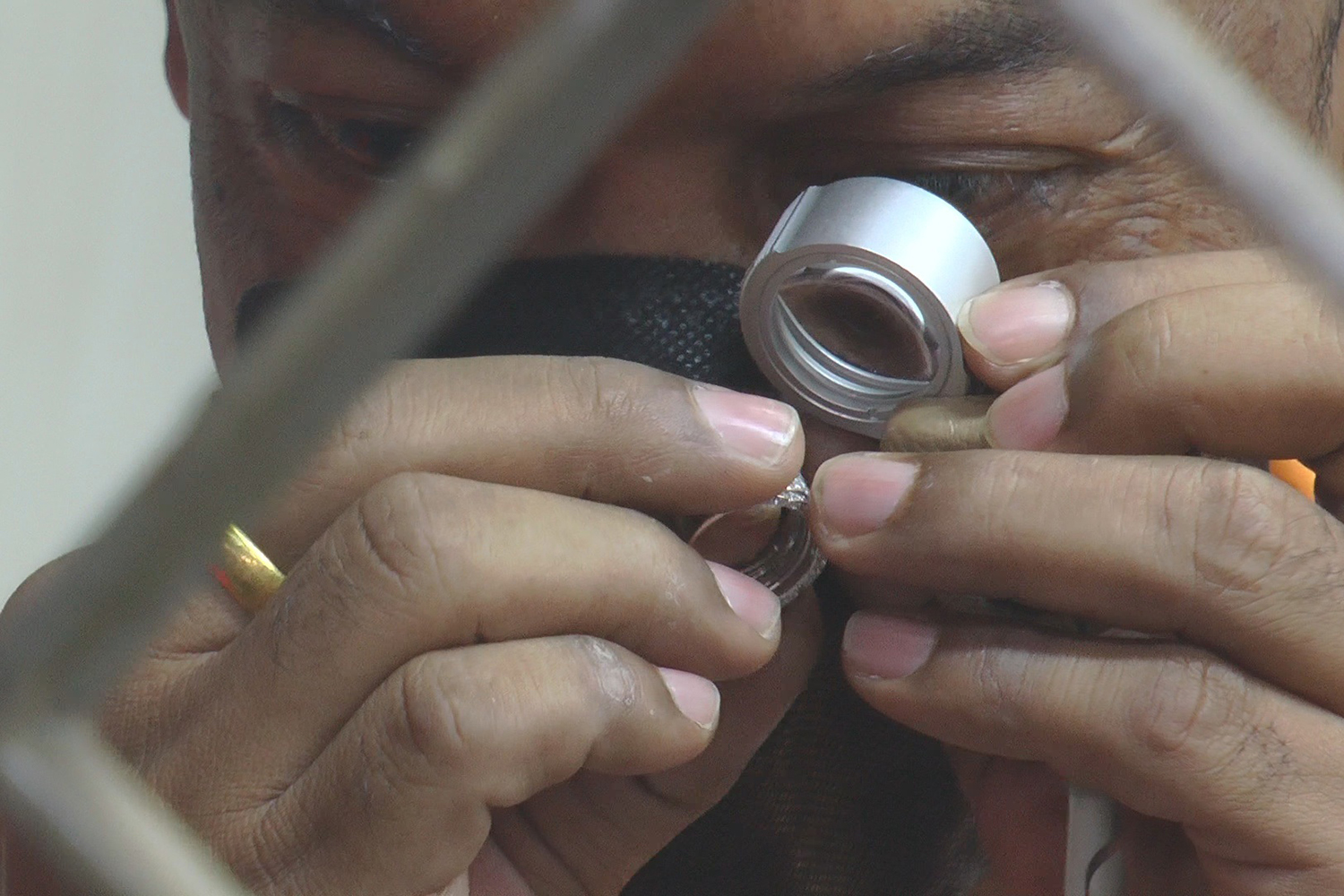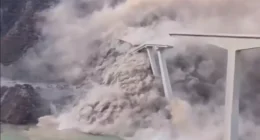Rescue Operations Intensify at Collapsed Bangkok Building Site
Death Toll Climbs as Search for Survivors Continues
Rescue teams recovered two more bodies from the rubble of a collapsed 30-story building in Bangkok on Monday. The search for survivors persists, with authorities focusing on zones B and C, where elevator shafts and fire escapes are located. The collapse occurred during Friday’s earthquake, which also caused widespread devastation in Myanmar.
Challenges in Recovery Efforts
Bangkok Governor Chadchart Sittipunt emphasized the delicate nature of rescue operations, noting that safety remains the top priority for both survivors and rescue teams. Teams are working in 20-minute shifts due to the exhausting conditions. Heavy machinery and heat sensors are being utilized to locate survivors amidst the estimated 50,000 cubic meters of debris.
Investigations into Construction Safety Begin
Questions Arise Over Building Standards
Authorities have launched an investigation into the collapse, examining construction quality, materials used, and adherence to earthquake-resilient building codes. Industry Minister Akanat Promphan revealed anomalies in steel samples taken from the site. This scrutiny has sparked concerns about safety standards across Bangkok’s numerous high-rise structures.
International Assistance and Scrutiny
The United States and Israel have provided support, including personnel and advanced scanning devices. Meanwhile, shares of the property developer responsible for the project have plummeted by 27%, raising questions about design flaws and oversight during construction.
Families Await News of Missing Workers
Emotional Toll of the Disaster
Families of missing workers continue to gather at the site, hoping for updates on their loved ones. Survivors recount harrowing escapes from upper floors moments before the building collapsed. Many victims were migrant workers from Myanmar, adding an international dimension to the tragedy.
Long-Term Implications for Bangkok
Governor Chadchart stressed the importance of learning from this disaster to improve building regulations and safety standards citywide. The incident serves as a stark reminder of the vulnerabilities in urban planning amidst natural disasters.









